This blog is all about the Birds and the Bees, but not in the way you might think. In the past few weeks I have gotten several calls from people who are desperate to get rid of bees who are taking over their bird feeders and bird baths. It’s actually a common occurrence for bees to do this. Due to the drought and the decrease in flowers, the number of calls on this subject have nearly doubled.
You see a hummingbird feeder is usually filled with a sugary liquid that bees adore. It’s like fast food for bees. Why bother going flower to flower when they can gorge on an attractive red feeder that willingly gives free food? Bird Baths on the other hand offer a nice pool of water. It’s so nice of us humans to replace the water regularly so the bees can quench their thirst.
Kidding aside, most people who call want to know how they can stop the bees from taking over. Unfortunately the answer is not what most people want to hear. You see, unless there is a hive or swarm that can be removed, there is little that can be done. The only real solution is to remove the feeder and drain the bath.
Customers often ask why we can’t come out and remove the bees that are there. The answer is that unless we are able to locate and remove the hive, we would have to have a technician stand at the feeder with a live removal vacuum every day, all day, for several weeks. What you need to understand is that the few dozen bees that are feeding there right now, will not be the same exact bees that feed there tomorrow. The members of the colony take turns and you cant remove the entire colony when 99% are back in the hive. Some people are so desperate that they want us to spray the feeders and baths which we will not do. Not only is it illegal, it might have a negative impact on a non target pest or on the birds.
So unfortunately the only recommendation we make to our customers is the following: Wait until the evening when the bees have returned to their hive and take the following action:
1. Turn off the bird bath (if there is a fountain) and drain the water for a few weeks.
2. Once the bees have gone at night, remove the feeder for a few weeks.
After a month or two has gone by, the bees may have discovered a new food/water source. After a few weeks, try replacing the feeder and adding water to the bath again. For best results wait until the late fall and winter months when bees are less likely to swarm.

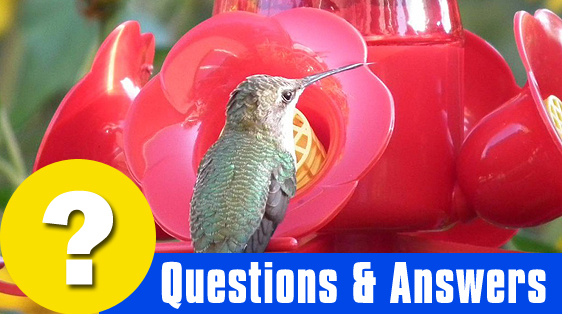
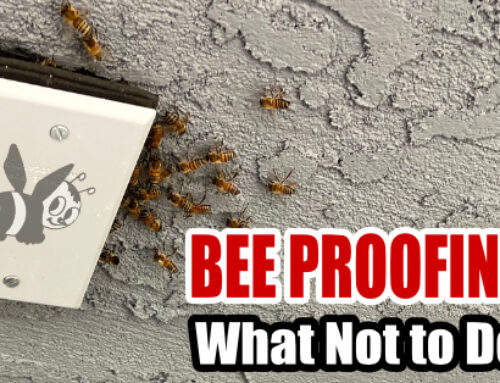
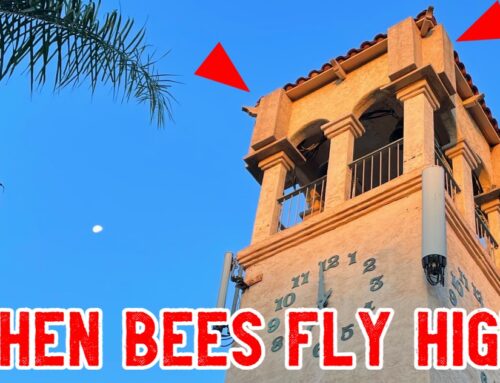
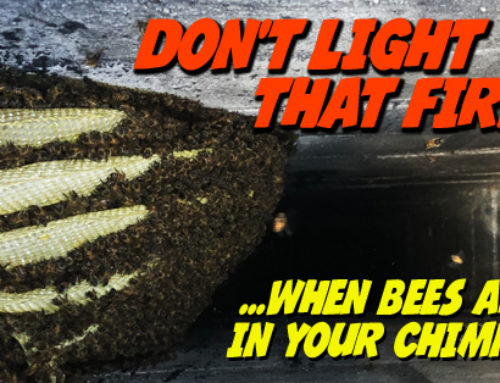

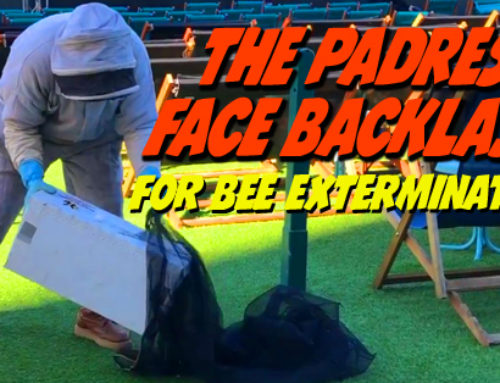

I found this interesting as i have a Lemon Cucumber plant in a wine barrel with a Roma tomato which is a giant size now. Few bees are pollinating the flowers daily some others were around the small hummingbird feeder. i don’t have a problem with this; i rather like they are good working bees for me and i can share with them.
On the other my unfortunate brother had a awful unexpected encounter with bees that moved into a deck storage box. That incident that took him to the ER. Thank goodness he is ok but that could have been much worse outcome.
The bees have been settling around my concrete birdbath on hot summer days for the last 3 years. They apparently like the natural rough feel of the concrete and are able to cling to it easily. The edge of the birdbath overlaps the inside of the basin and therefore creates a good protected hiding place. — I solved the bird/bee problem by purchasing an artificial, made out of resin created Rocky Mountain bird bath similar in appearance to my original bird bath. The bees do not like the resin one, it is not natural.
Now both, the birds and the bees are happy. These bees are terrific pollinators.
I give fresh water to the bees every 3 days. I slowly move around my water hose on low flow with one hand, so the rising water gets the invaders to the top and start buzzing around. My other hand holds the brush and I start cleaning the bath only with fresh water. Sometimes some slow poke bee does not move fast enough and falls into the water. I take the brush and lift it out immediately by the bristles and it will fly away. The bees are not aggressive, all they seem to be concerned about is getting back to their save cool haven. I have never been stung! — On the in between days I very slowly add fresh water with a watering can to give some straggler bees the chance to move upwards so they will not end up in the water. But I stay alert. If I see one falling into the water I have my brush handy.
Now everybody is content in my garden.
Is it possible to put …say…peppermint essential oil or something like that on the feeder to chase away the bees?
We have not heard of any or know of any type of replant actually working in regards to bees. With that said we do know that they are attracted to a few scents… one being that of citrus plants, foods and oils.
it’s now end of August, if I take down the feeder the hummingbirds won’t be able to feed before migrating! What should I do to get rid of the bees? Didn’t have any problems with them until now!
Unfortunately, unless the feeder is removed, the bees will likely remain until there is rainy weather.
I have 2 hummingbird bird feeders and I love to watch the birds feed. But now the bees have discovered it. They chase away the birds. It bums me out that I’m going to have to take down the feeders. I love watching the birds.
My mother before me, now my son’s GF and me, we love the Hummies! But not one suggested solution on any site has worked to keep the huge batches of bees OUT. So-called “bee proof” feeders and ports don’t work. Bees can still get into tinier holes and what about my ORIOLES!? They need bigger holes and theres no getting around that. I don’t kill the bees but I get so mad every summer, fighting this same fight. If the honeybees and others are supposed to POLLINATE, then spending their days at my feeder seems about the same use as them being killed. Again, I DON’T kill them. We got a vaccine in less than a year for Covid-19, why are we continuing to fight with stupid bees on our bird feeders!? And we’re not in a drought, its rained nearly every day this summer. Gotta come up with SOMETHING after all these years!
Hi Heather. I agree. It can be an incredibly frustrating problem to deal with. Hopefully someone will invent a solution soon to solve this problem.